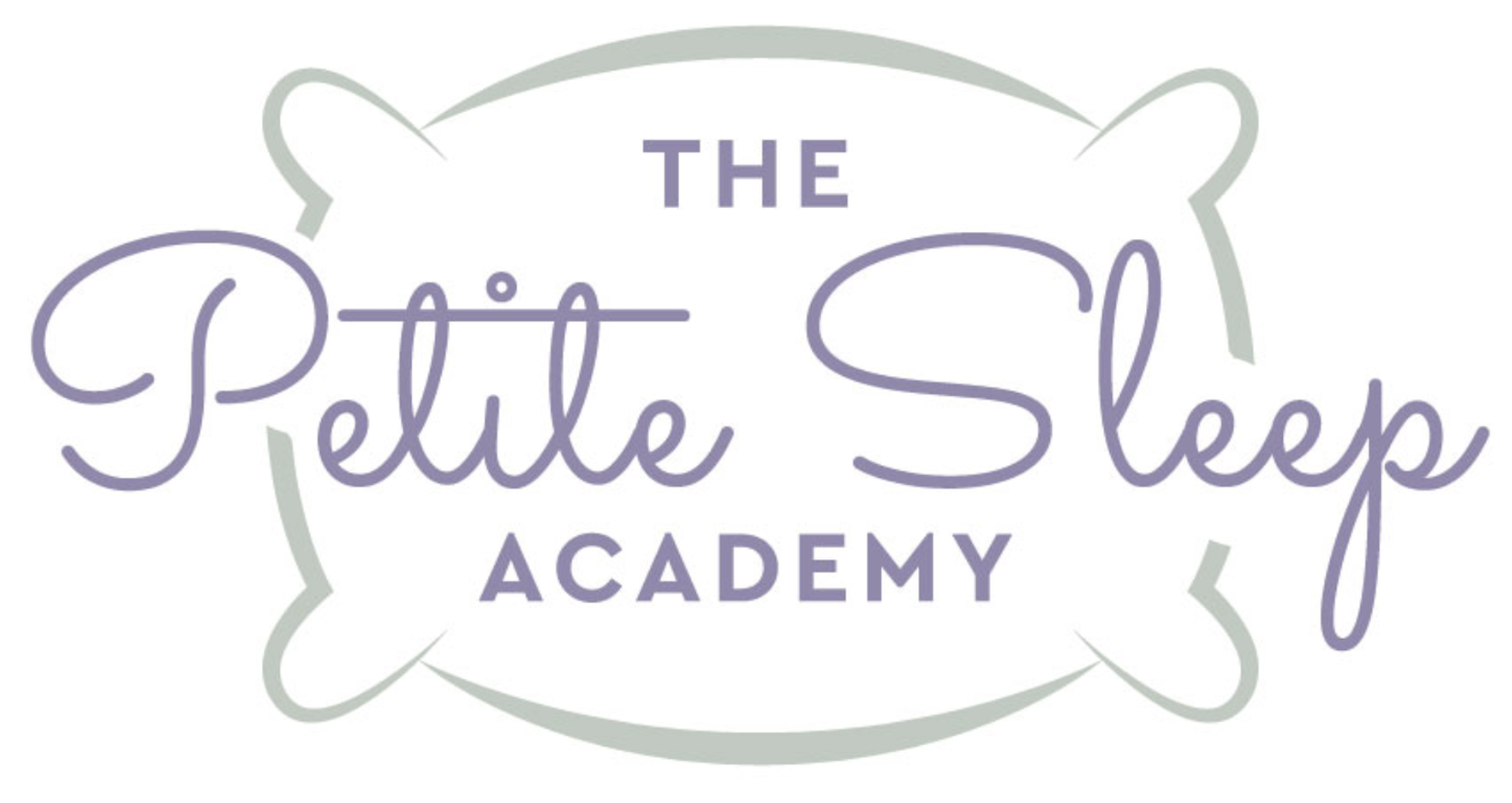Newborn Sleep
I think it’s important we start with the facts when it comes to newborn sleep. How much sleep do they need? Should I wake them up to eat? How often should they eat? Is this normal? All questions new parents ask themselves.
For the purpose of this post, we’re going to consider newborns to be between 0-3 months of age.
First, expect your newborn to sleep A LOT. On average, newborns sleep 16+ hours in a 24-hour period. Keep in mind, every child is different. Your newborn might sleep more or less than this average.
And you might be surprised to know that the average wake time between naps is only 30-90 minutes! This is HUGE. It will be so important to keep this in mind as you navigate newborn sleep. Exceeding 90 minutes of awake time (or less depending) will cause baby to become overtired. And an overtired baby will take consistently short naps, experience increased crankiness, and they will have a hard time falling asleep.
One wake window between naps could be 30 minutes, the next could extend to 60 minutes. You will know your baby is ready for a nap when they exhibit sleepy cues.
The following are a list of common sleepy cues to look for. When baby starts exhibiting one or more of these signs, it’s time to get them down for a nap right away.
- Averted Eyes
- Blank Stares
- Turning head in avoidance
- Reddening eyebrows
These are all signs baby is tired and you should start getting them ready for a nap.
By the time baby is rubbing their eyes or yawning, they are already becoming overtired. We want to really home in on their specific sleepy cues so we can catch them BEFORE they become overtired.
Understanding the signs your baby is ready for a nap and being conscious of average wake windows is vital to helping your newborn get restorative sleep. It is a vital step to developing healthy sleep patterns at such an early age. You can monitor how long they’ve been awake and start to spot sleepy cues as signs it’s time for a nap.
Don’t overthink a schedule. Newborns can’t tell time and they don’t understand schedules. They don’t even know night from day! The best schedule you can implement is a flexible one based on when they need a nap using sleepy cues and wake windows. Over time, you will see a pattern emerge and a more predictable schedule can be shaped. But for the first few weeks (up to 6 months), allow yourself a flexible schedule as opposed to a strict schedule.
Short, inconsistent naps are NORMAL for a newborn. It doesn’t always mean baby is overtired. Babies are just not developmentally capable of consolidating their sleep cycles and therefore might go from sleeping 2 hours during one nap to 30 minutes the next. Do your best to follow their sleepy cues and work on getting them down within their appropriate wake window (30-90 minutes.)
The long-term sleep success comes when you can put baby down drowsy but not fully asleep. Help them get to sleep from there by offering a gentle shush pat, a firm hand on their belly, a light rocking with your hand on them, a lullaby, etc. The goal is for them to be awake when placed in the crib and fall asleep from there, either on their own or with your subtle support. You would do the same thing if baby wakes after 20 minutes from a nap. Try to help them get back to sleep in their crib if you can. Offering this strategy first before picking up to nurse/feed or rock is a big step in the right direction.
Don’t worry if getting your child down includes nursing to sleep or rocking to sleep, etc. Newborns often need assistance in getting to sleep. Continue to practice the drowsy but awake approach in the crib and don’t give up on this strategy. It could take weeks before you find some success. But your consistency will provide a pattern your baby will eventually pick up on. Which leads to independent sleep success.
If you are currently trying to take a step back from your sleep support, start by reducing the amount of time you spend rocking or nursing to sleep. Instead, rock to the point of drowsy and work on placing them in their crib drowsy but not fully asleep. Or rock them for reduced increments each day until the rocking is all but gone.
The best advice I ever got when it came newborn sleep was from a lactation consultant. Offer FULL feedings at EVERY feeding. Your baby should be making it obvious they are full by pushing you away or turning their head away.
Do Not Let Baby Fall Asleep During a Feeding!
They are going to want to! You are warm, you smell nice, you taste good. It is easy to drift off to sleep in that comfort. And it feels mean to say, but don’t let them get too cozy! Blow gently in their face, tickle their neck, their toes, their fingers. If they continue to doze off, slowly start to undress them down to their diaper if you have to! They won’t like being taken from their warm clothes and will certainly wake up. If you can provide FULL feedings every time, you will help avoid snacking. Snacking can turn into a habit that will be harder to break down the road. It will interfere with everyone’s sleep if baby is snacking every hour or every two hours. When you offer full feedings, you are providing baby with adequate calories for sleep. Adequate calories during the day will eventually lead to longer stretches of sleep at night.
Again, during the newborn phase, your baby will be eating around the clock initially. NORMAL. By 4 weeks, you should have feeding established. By 8 weeks (or even sooner) you should be seeing longer stretches of sleep start to emerge. Providing those full feedings, even in the middle of the night when you are both exhausted, will help get those longer stretches of sleep.
Pediatricians recommend a newborn feeds every 2-3 hours. So you should see sleep stretches between 1-3 hours. Don’t skip feedings, especially during the day! The daytime feeds are what provide the calories needed for longer nighttime sleep. If baby is sleeping and hasn’t eaten in 2 hours, it’s okay to gentle wake baby up for a feeding.
The last element to helping your newborn sleep is by providing the ideal sleep environment. I wrote a whole post on the ideal sleep environment here. This sleep environment can be established starting Day ONE and last through the toddler years. How great is that?
If you prefer a more personal experience, sign up for our prenatal/newborn service. My Newborn Survival Guide is included along with a slew of other great benefits like a virtual nursery assessment, 7-day unlimited email support, and our Petite Sleep Toolkit! Click here to learn more.
Sweet Dreams!


Recent Comments